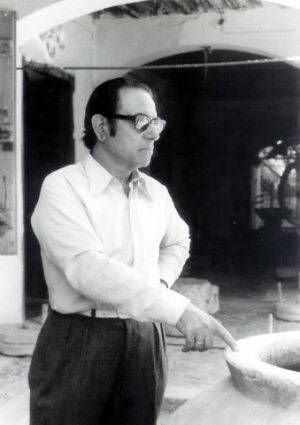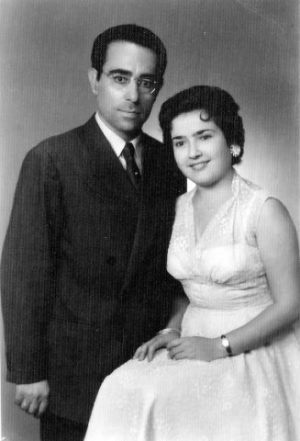A MESSAGE FROM GEORGE ELIADES
Regardless of their value, the exhibits within an Ethnographical Museum should always aim to provide both a general and specific picture, a form of living image, reflecting man’s evolutionary development, from prehistoric times to present. It should be a representation and expression of life through its most essential phases. I sincerely hope visitors will approve and validate my aims and objectives during their tour of the exhibits.
Perhaps the name “Museum of Folk Tradition and Culture Heritage” would have suited this type of museum, however this title proved some what lengthy and I believe the term ethnographic is more understood and accepted on an International basis.
Many favorable references have been directed to the “Private Ethnographic Museum of Paphos” both from National and International press with the Museum’s collections also promoted in several tourist guides, we have also been the subject of several television programmes both at home and from abroad.
I believe an Ethnographic Museum should not only contribute to the visitor’s knowledge, it should also stimulate, and offer a live, informative, and comprehensive tour of the collection. It should make the visitor keenly aware of the spirit of historical tradition, the soul and essence of Cypriot civilisation. This is akin to a “cultural centre”, a haven of learning and knowledge, where visitors are challenged regardless of their knowledge of history, of art or of cultural traditions; the museum works because it is genuinely accessible to all people from all walks of life and of all ages.
A museum cannot be viewed as a mere storage space filled with lifeless and once useful objects, it must offer knowledge which by illuminating our past helps us all to derive hope for a better and happier future.
Every museum with its concentrated, scientifically arranged and exhibited contents constitutes a live space of treasured items, through which traditions, norms and customs are revived. A place where the past is brought back and becomes a measure of comparison with the present, history is re-written and man and his civilisation is portrayed. The result is the retelling of the chronological and mental ages of man, his historical and creative track and his overall existence through time.
Museums should involve, not just a “pre-education” but the living history of a country’s people. I want to give thanks to my children Nicholas and Fryne, for their contribution to the enrichment of the Museum’s collection. Some of the fossils and a large number of potsherds of the Ptolemaic and Roman Periods were collected by them, when at a young age, under my guidance they were learning to search the ground.
Importantly, I express my eternal gratitude to my wife Chryso Eliades, for her tireless attention to the upkeep and maintenance of the Museum’s collection. Her personality is very closely tied in with the Museum’s very existence, and it would be no exaggeration to say that without her commitment, enthusiasm, and passion the very existence of the Museum would have been impossible.

